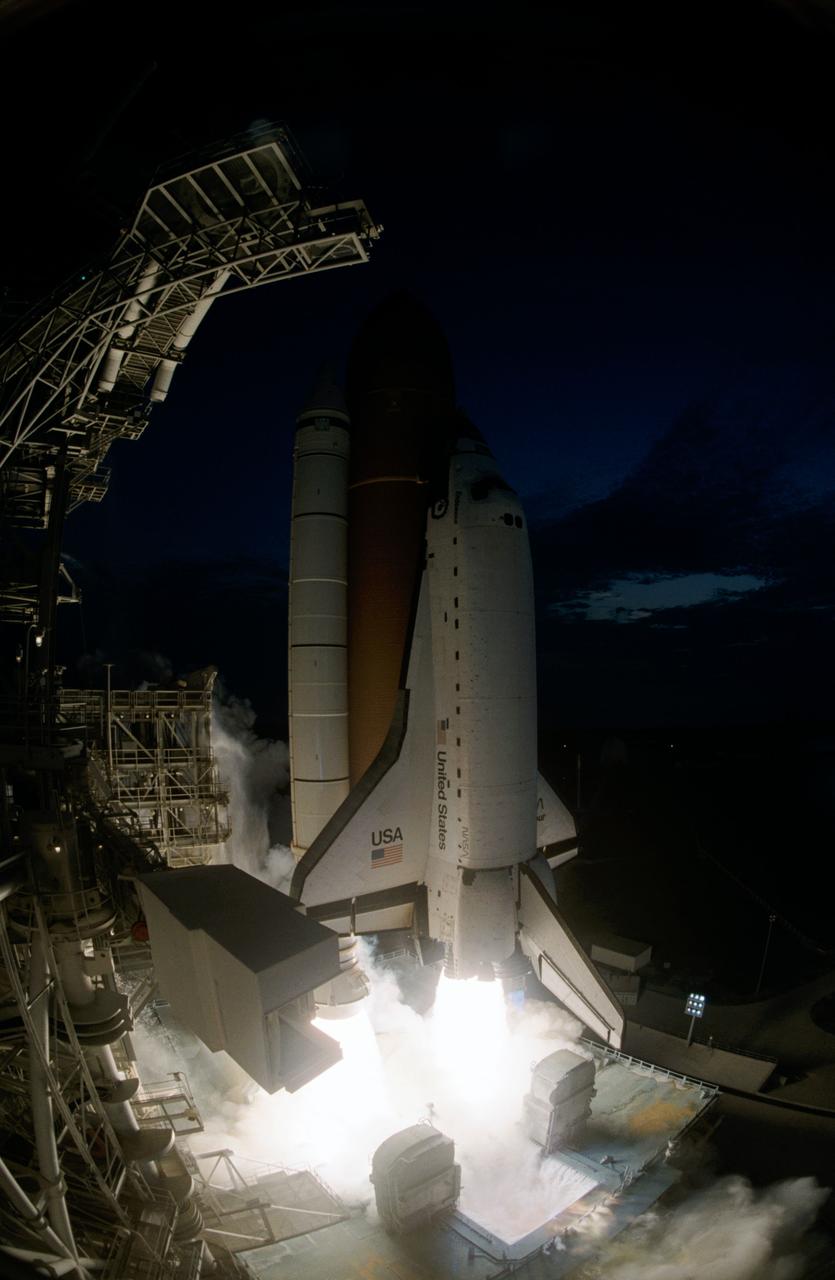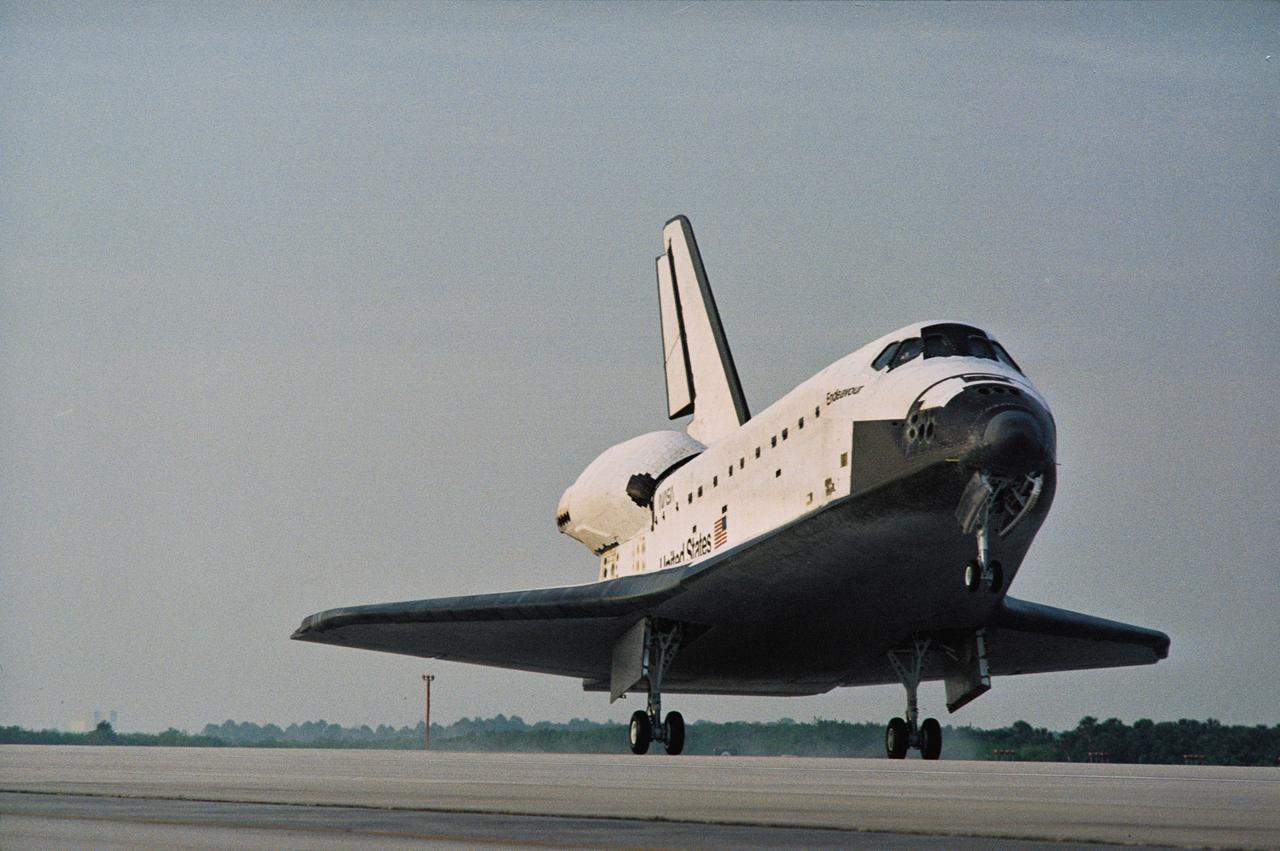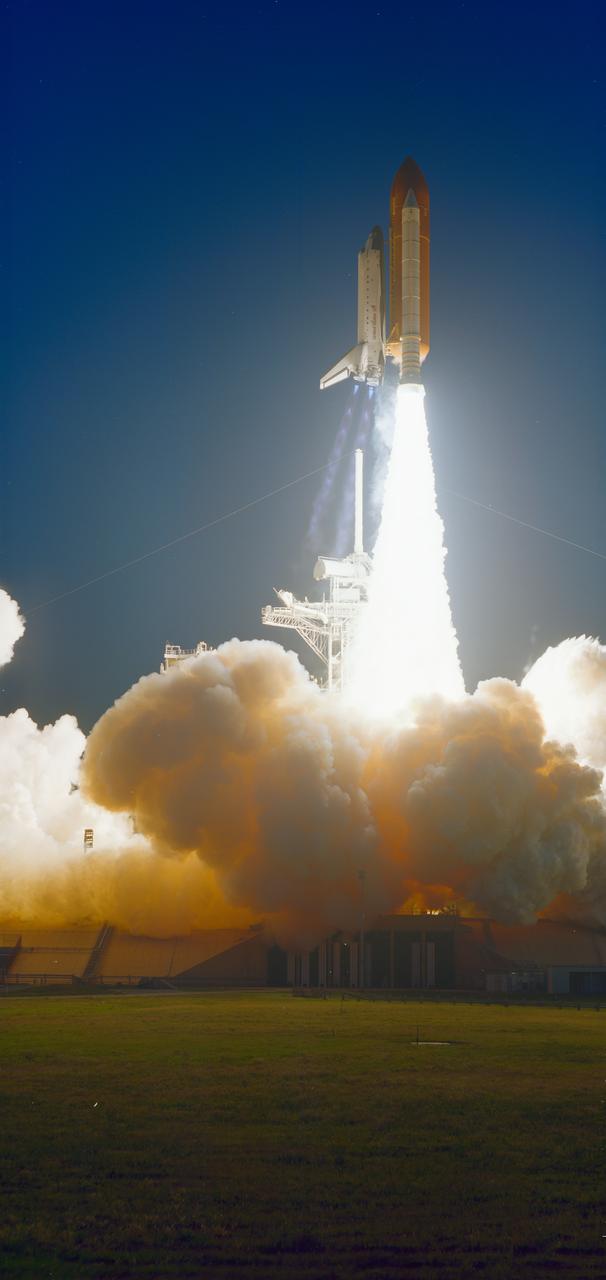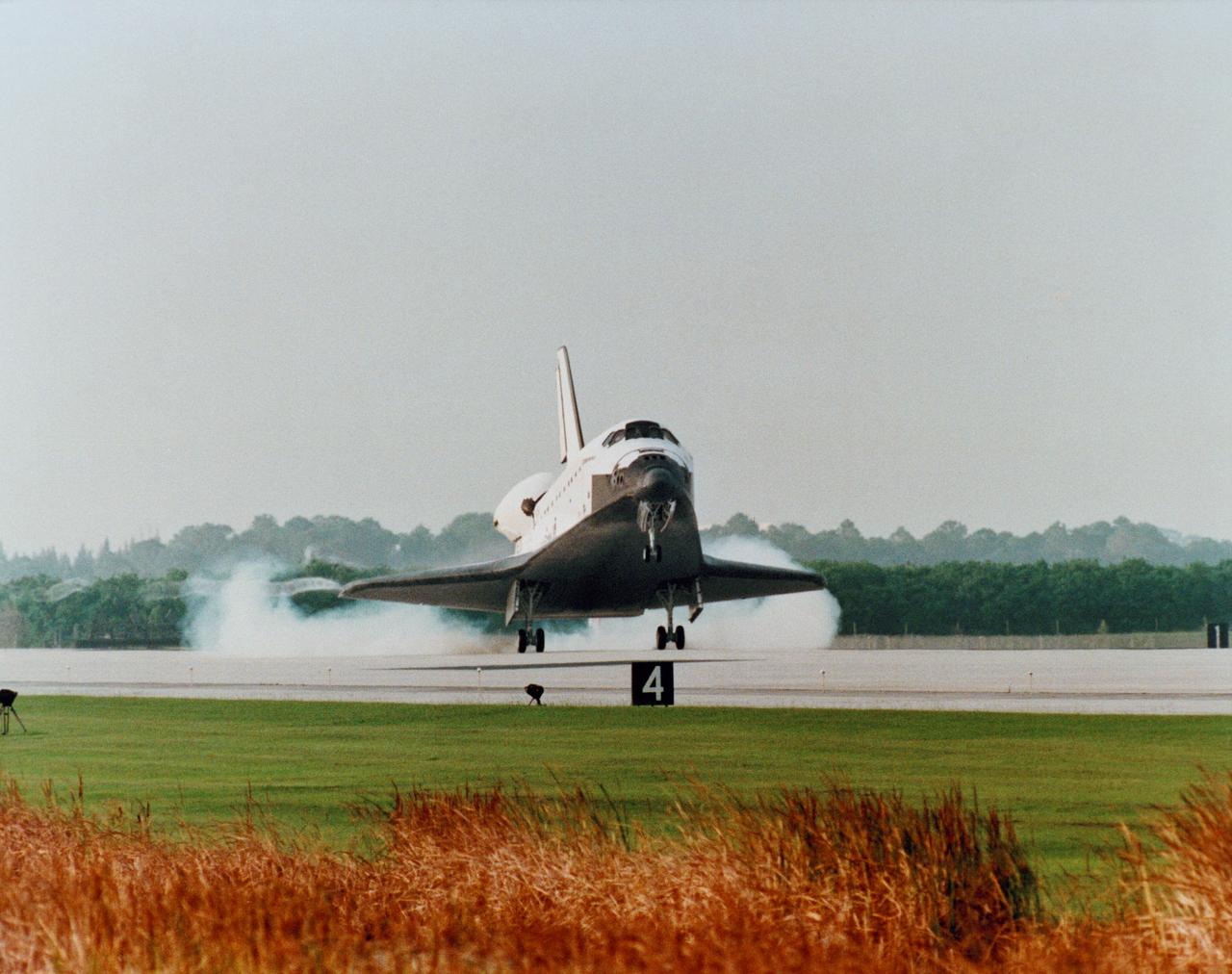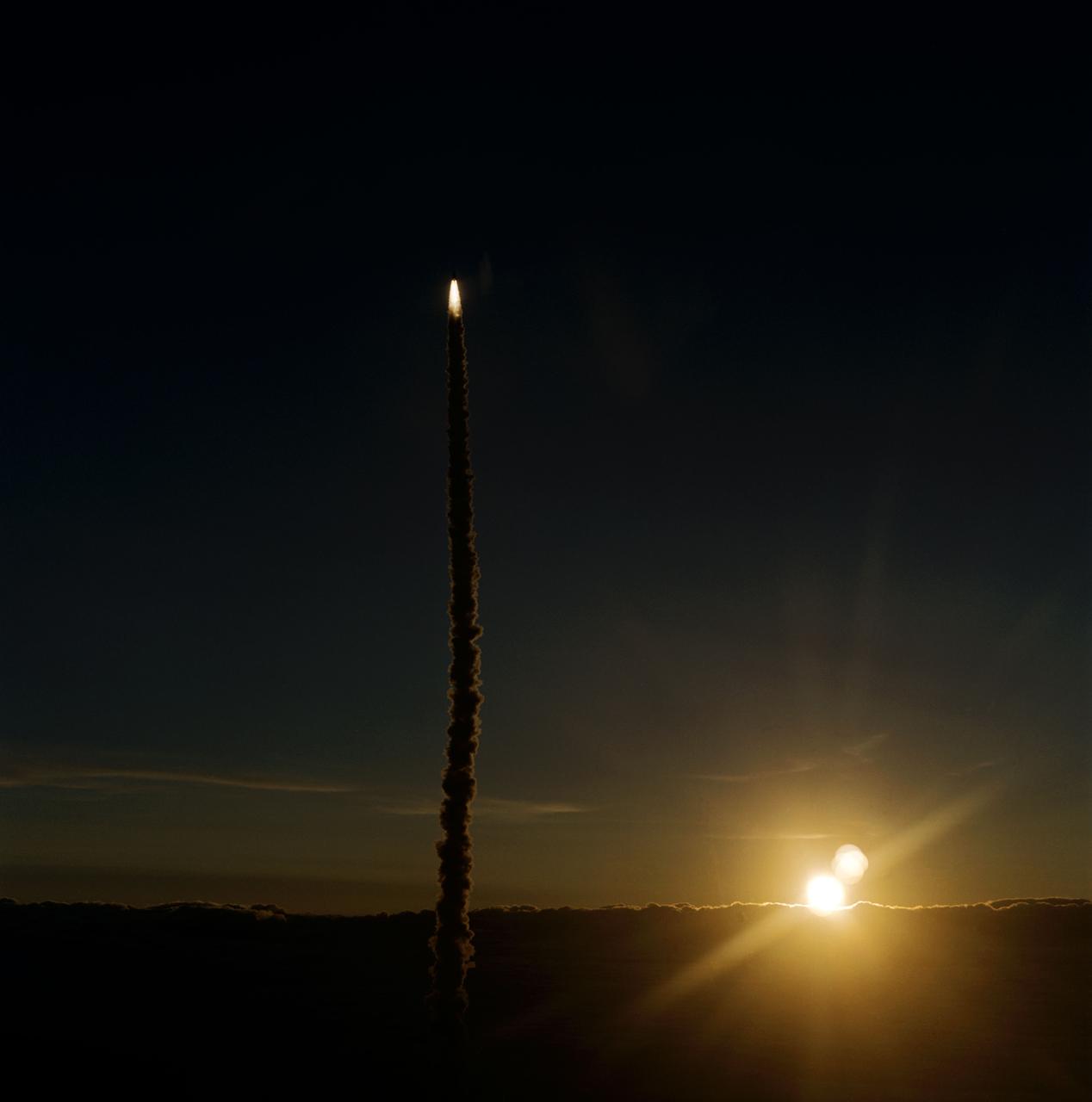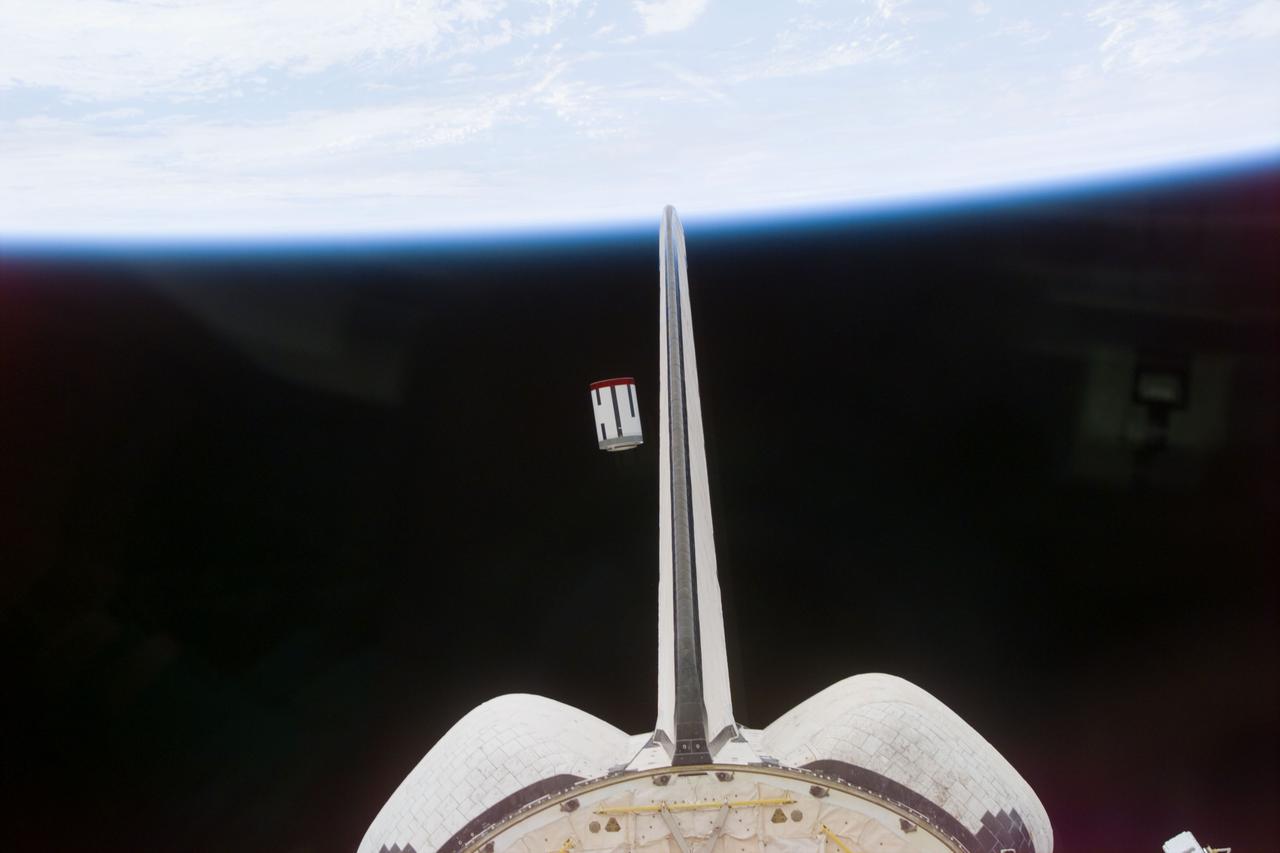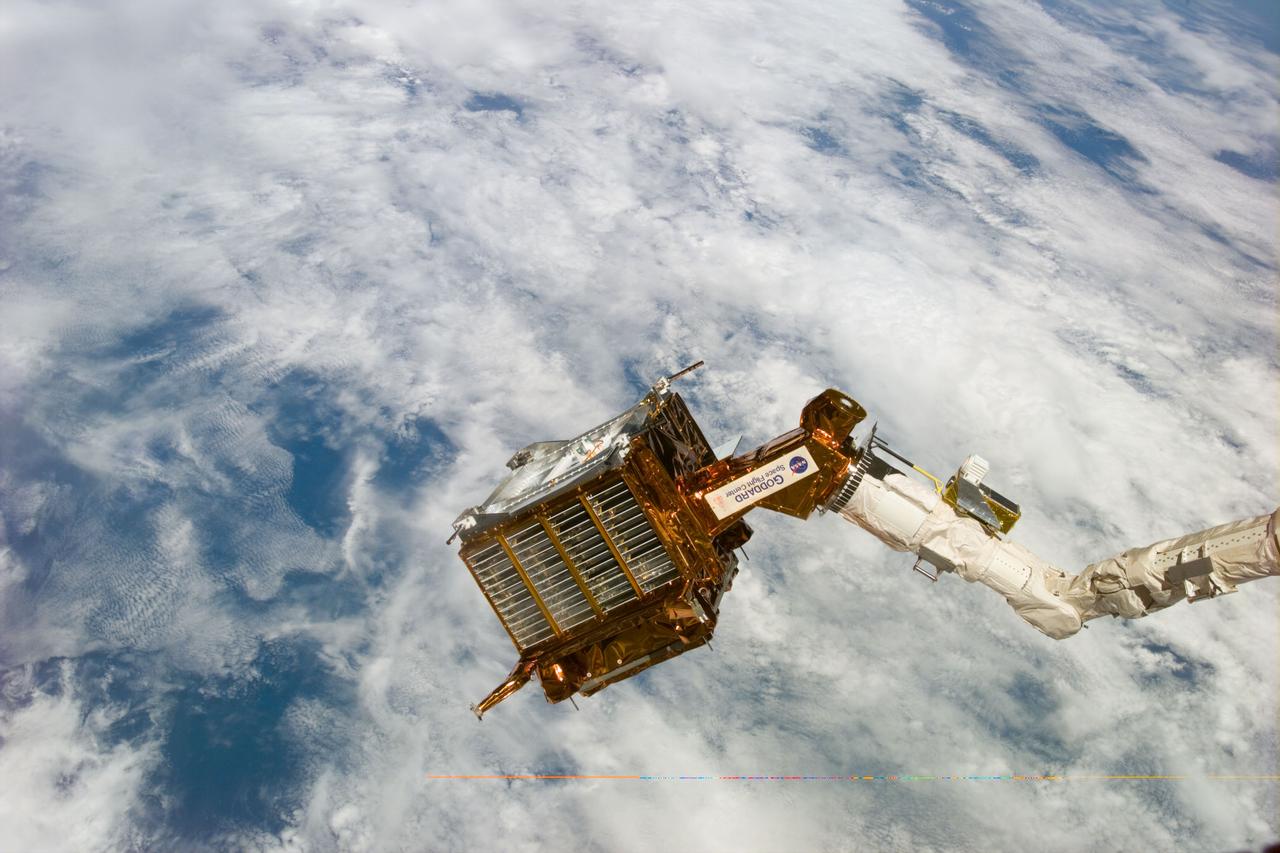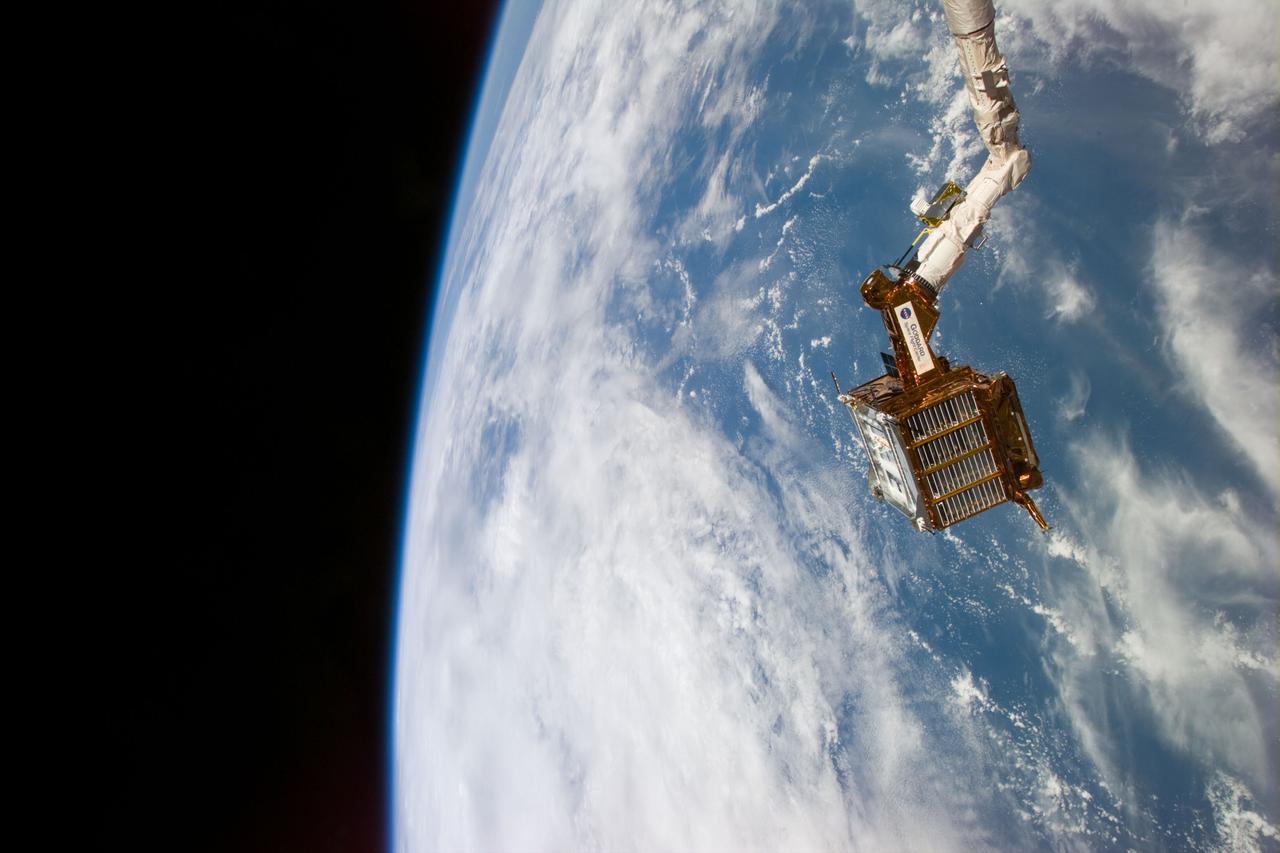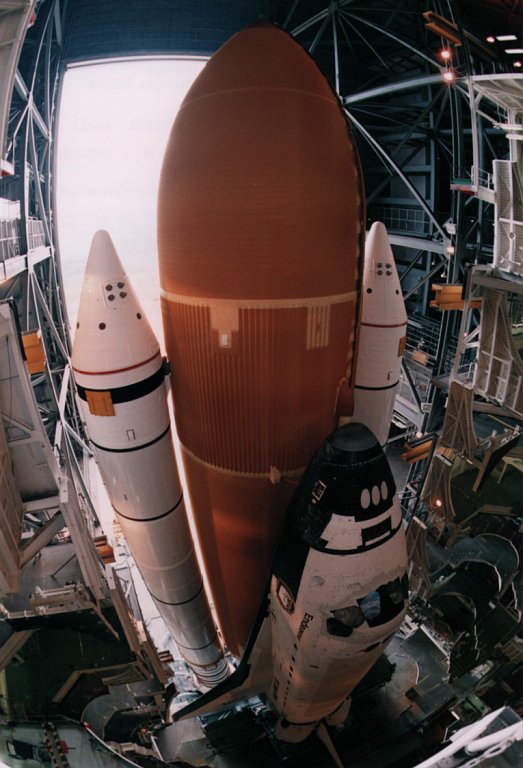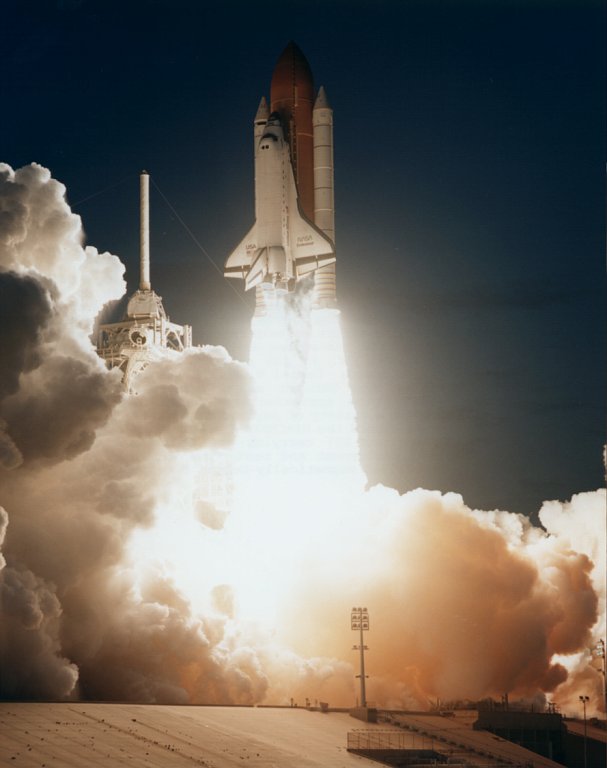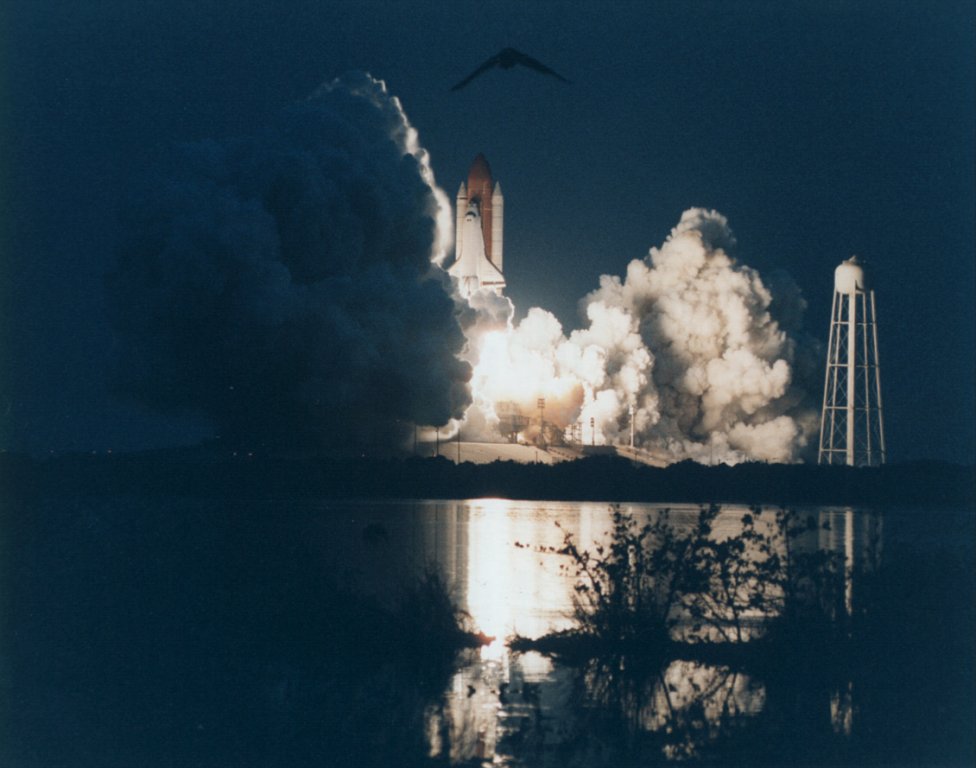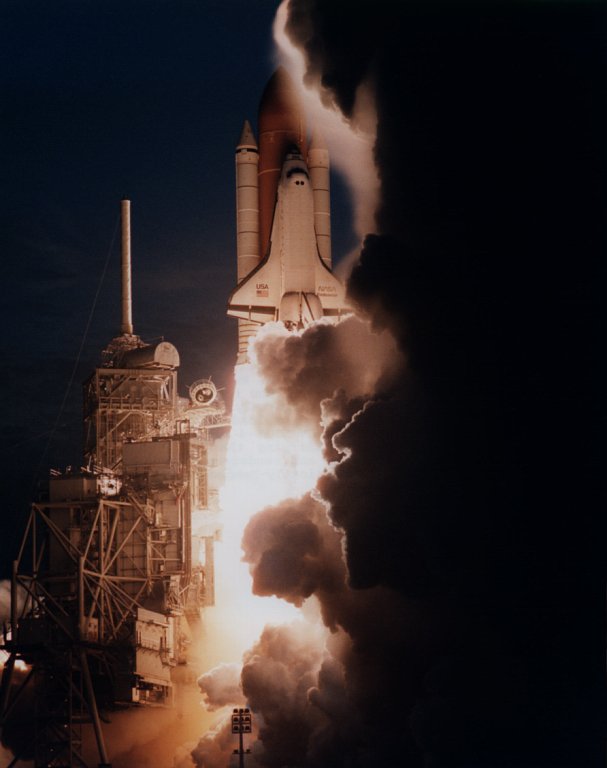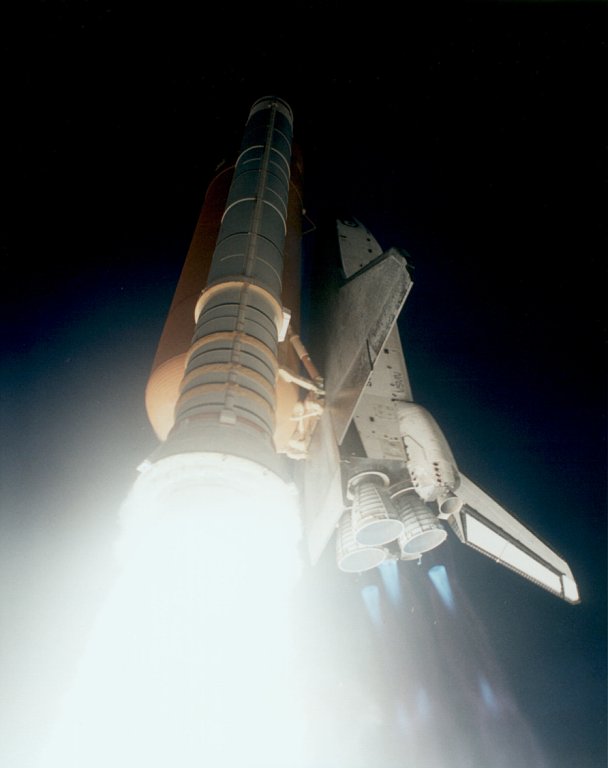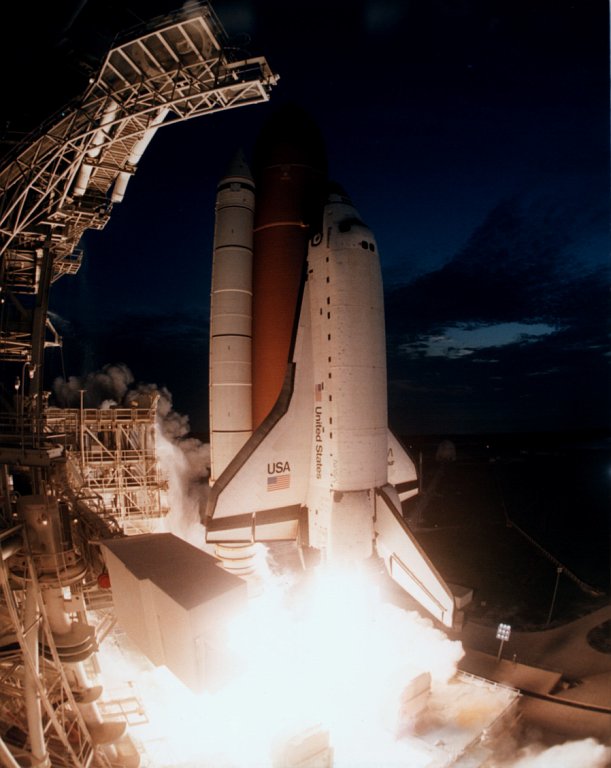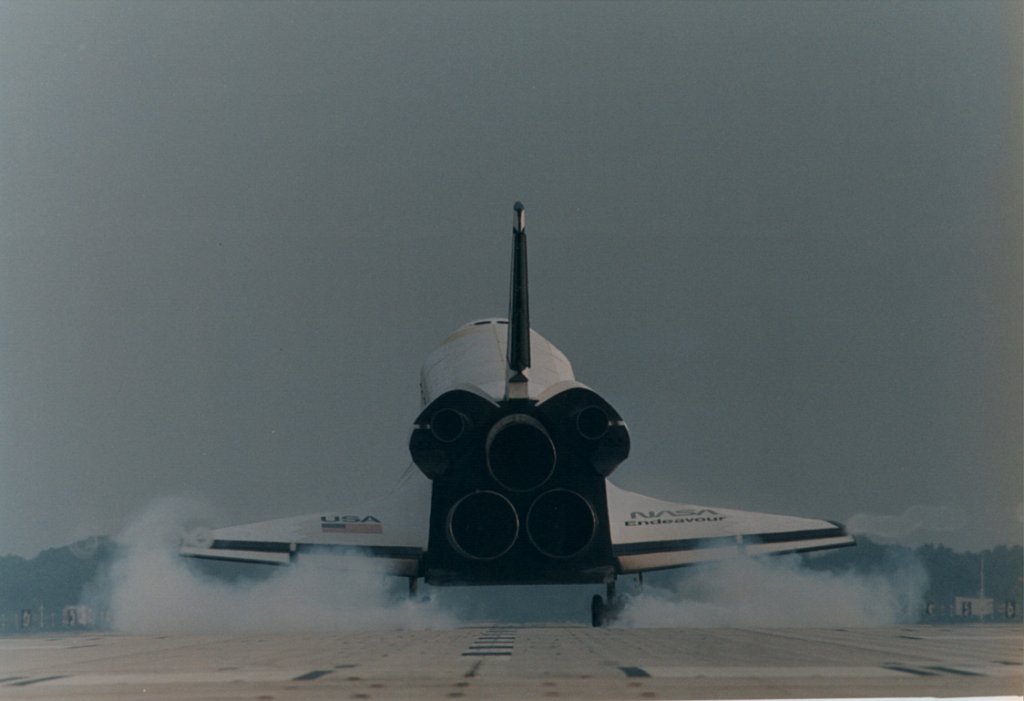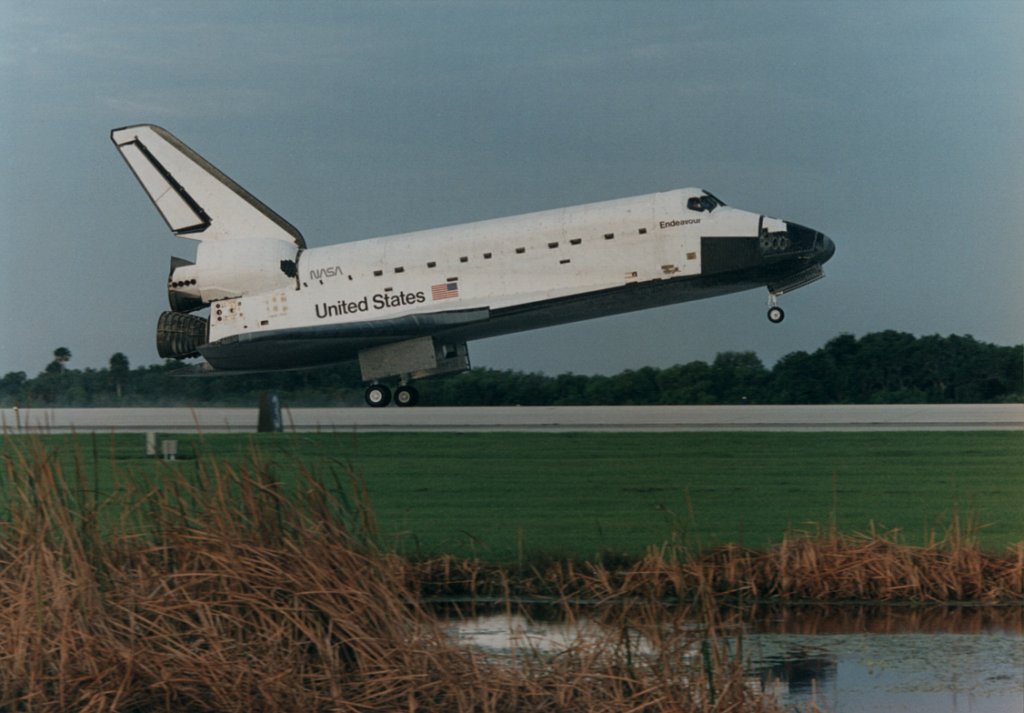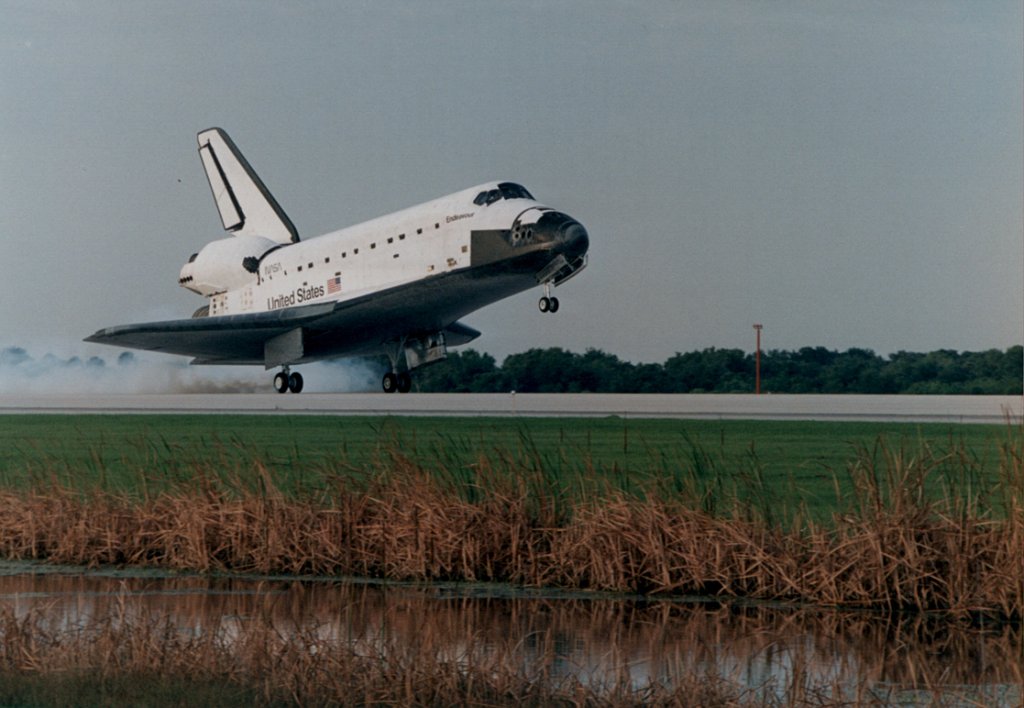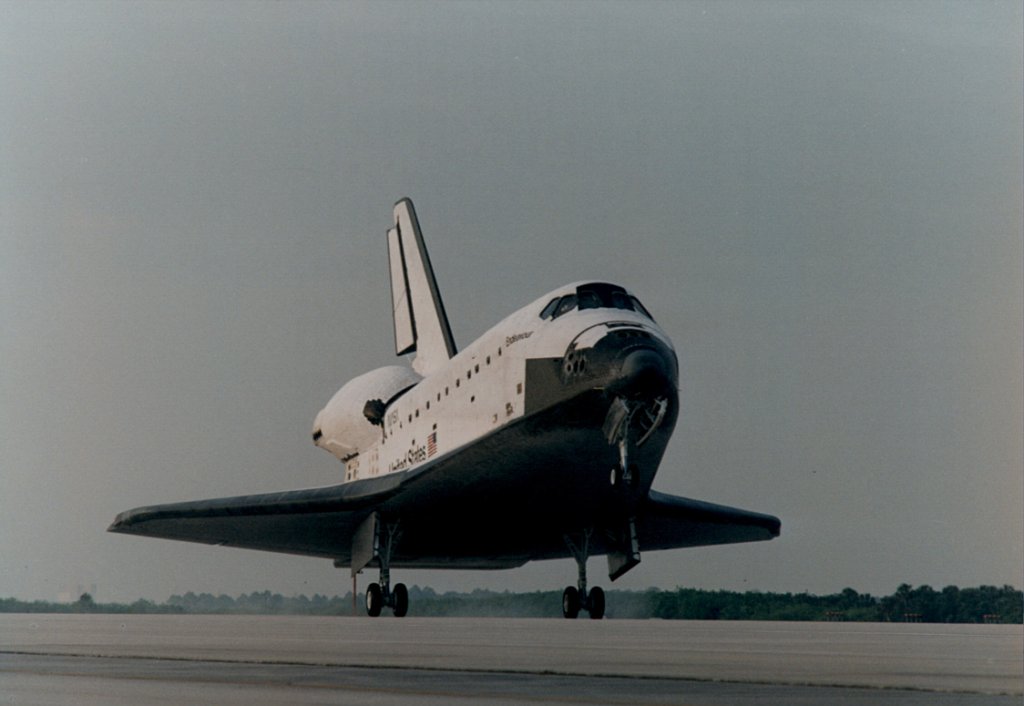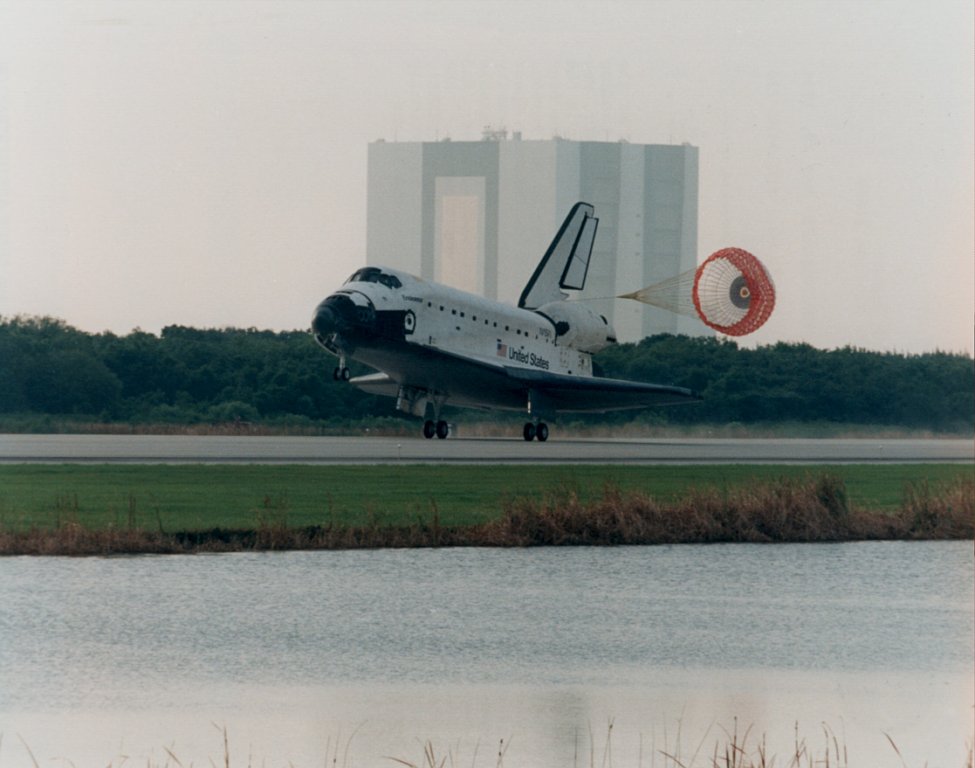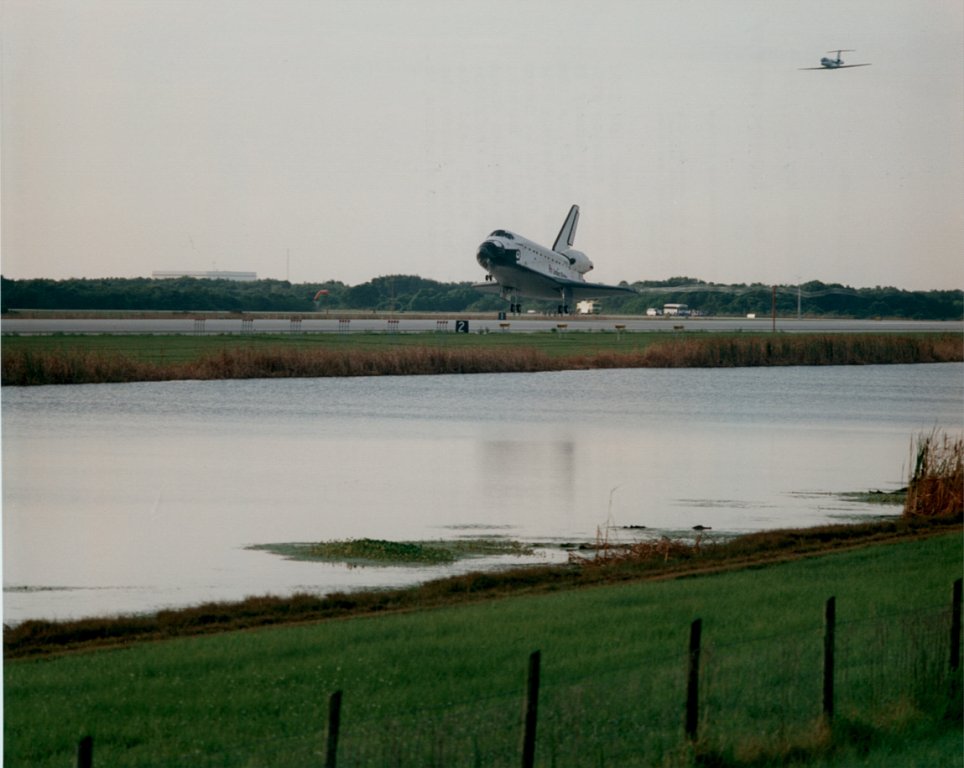STS-77 Fact Sheet
By Cliff Lethbridge

STS-77 — Endeavour
77th Space Shuttle Mission
11th Flight of Endeavour
Crew:
John H. Casper, Commander
Curtis L. Brown, Jr., Pilot
Andrew S.W. Thomas, Mission Specialist
Daniel W. Bursch, Mission Specialist
Mario Runco, Jr., Mission Specialist
Marc Garneau, Mission Specialist
Orbiter Preparations:
Tow to Orbiter Processing Facility – September 18, 1995
Rollover to Vehicle Assembly Building – April 8, 1996
Rollout to Launch Pad 39B – April 16, 1996
Launch:
May 19, 1996 – 6:30:00 a.m. EDT. Launch was delayed three days due to a conflict within the Eastern Range launch schedule. May 19 liftoff occurred on time with no delays.
Landing:
May 29, 1996 – 7:09:18 a.m. EDT at Runway 33, Kennedy Space Center. Rollout distance was 9,291 feet. Rollout time was 42 seconds. Mission duration was 10 days, 0 hours, 39 minutes, 18 seconds. Landing occurred during the 161st orbit.
Mission Summary:
During the mission, Endeavour performed four separate rendezvous maneuvers with two orbiting payloads. In addition, a number of experiments were conducted in the Spacehab-4 pressurized module located in the Shuttle’s cargo bay.
Spacehab-4 carried about 3,000 pounds of support equipment and experiments in biotechnology, electronics, polymers and agriculture. These included Advanced Separation Process for Organic Materials (ADSEP), Commercial Generic Bioprocessing Apparatus (CGBA) and Plant Generic Bioprocessing Apparatus (PGBA).
Other Spacehab-4 experiments included Fluids Generic Bioprocessing Apparatus-2 (FGBA-2), Commercial Protein Crystal Growth (CPCG), Gas Permeable Polymer Membrane (GPPM), Hand-Held Diffusion Test Cell (HHDTC), and the Space Experiment Facility (SEF).
The most critical Spacehab-4 experiment was the Commercial Float Zone Furnace (CFZF), a joint venture between NASA, the Canadian Space Agency and the German Space Agency. CFZF was designed to produce large, pure crystals made of a variety of semiconducting materials.
FGBA-2, a Coca-Cola soft-drink dispenser, required troubleshooting during the flight, and the SEF experiment was declared failed when command problems in the payload could not be repaired.
Experiments in the middeck lockers, also considered to be a part of the overall Spacehab-4 package, included IMMUNE-3 and NIH-C7 bioscience investigations.
The Spartan free-flyer satellite was deployed using the Shuttle’s Remote Manipulator System (RMS) arm. The satellite carried a 132-pound inflatable antenna system which was inflated to a diameter of about 50 feet.
The experiment was designed to test the feasibility of inflatable antennas, which could result in reduced development costs, greater reliability and smaller stowage requirements over traditional antennas.
The Spartan payload was retrieved and placed in the Shuttle’s cargo bay after one day in free-flying orbit.
Satellite deploy and rendezvous operations were also conducted in association with the Passive Aerodynamically-Stabilized Magnetically Damped Satellite (PAMS). This was one of four investigations in the Technology Experiments for Advancing Missions in Space (TEAMS) program.
The satellite was deployed using aerodynamic stabilization rather than attitude control propellants to orient itself in space. After some difficulty, an Attitude Measurement System (AMS) in the Shuttle’s payload bay was able to lock on and track the satellite.
Endeavour performed three separate rendezvous maneuvers with PAMS from 2,000 to 2,300 feet away to acquire data from the satellite. It was learned that the concept of propellant-free aerodynamic stabilization for satellites can be successfully applied.
All other TEAMS experiments were housed in the Hitchhiker carrier located in the Shuttle’s cargo bay. These included the Global Positioning System (GPS) Attitude and Navigation Experiment (GANE), Vented Tank Resupply Experiment (VTRE) and Liquid Metal Thermal Experiment (LMTE).
Other experiments carried aboard Endeavour included the Brilliant Eyes Ten Kelvin Sorption Cryocooler Experiment (BETSCE), an instrument designed to supercool infrared and other sensors.
The Aquatic Research Facility (ARF) was a joint NASA/Canadian Space Agency experiment which allowed examination of a variety of small aquatic species, including starfish, mussels and sea urchins.
In addition, Biological Research in a Canister-07 (BRIC-07) to study endocrine functioning, Tank Pressure Control Experiment/Reduced Fill Level (TPCE/RFL) to develop pressure control for cryogenic tankage and a series of other experiments were carried in GAS canisters.
Astronaut Casper was able to speak via radio with Cosmonaut and Astronaut Shannon Lucid, who at the time was entering her 65th day aboard the Russian Mir Space Station.
SELECTED NASA PHOTOS FROM STS-77




